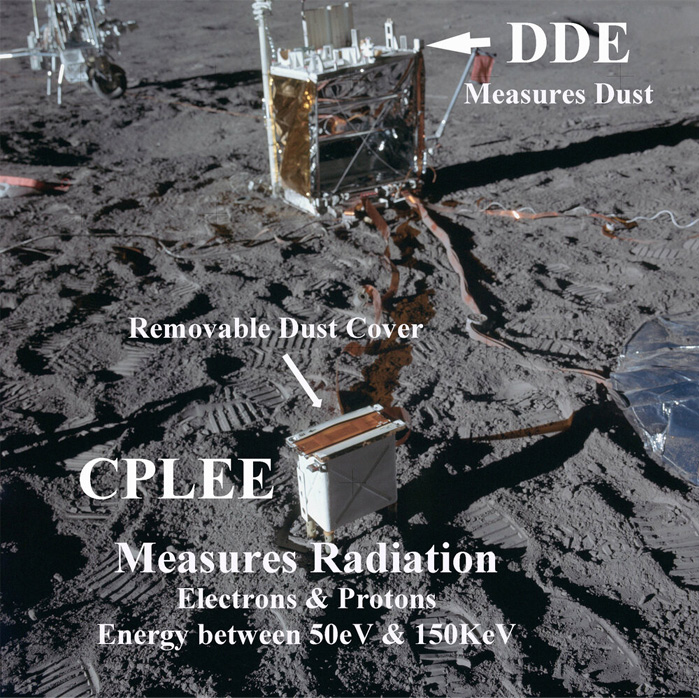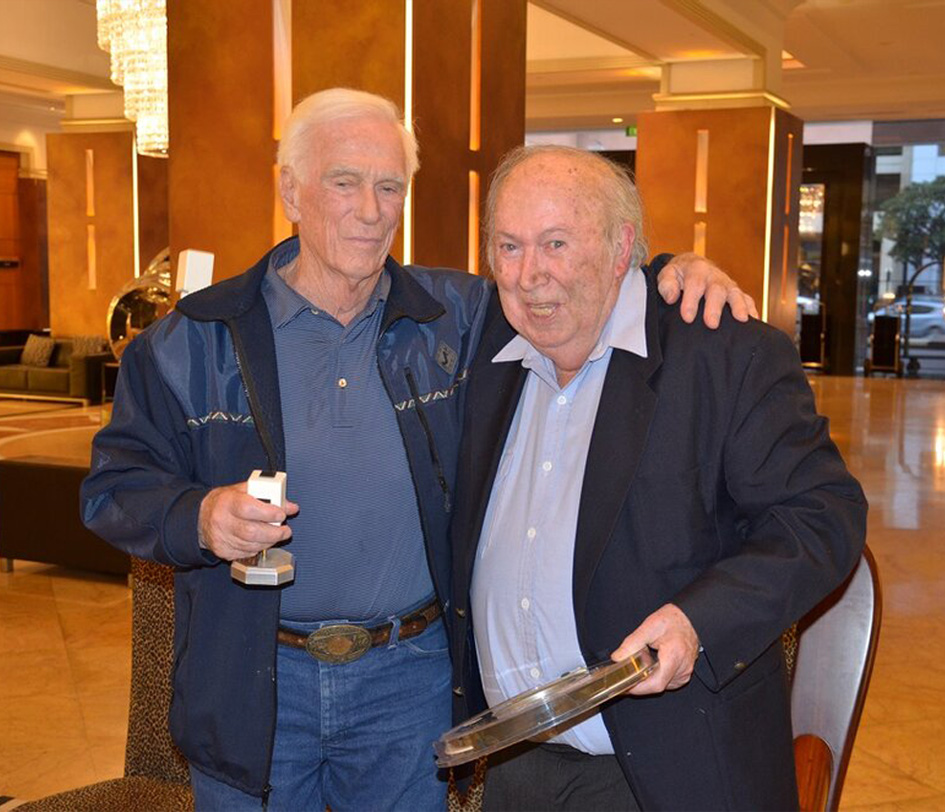Restoring data from legacy tape requires indepth technical knowledge and experience.
In the early 1960s, the United States was in a space race, pitting itself against the USSR to be the first to land a man on the Moon and return him safely to Earth. Lofty heights and end goal aside, many knowledge gaps remained to achieve this ‘Moon shot.’ In particular, what could one expect when touching down on the Moon’s surface? Would the lunar module simply sink into the dust and completely disappear?
Several years before the Apollo mission launch, NASA announced a global request to scientists for experiments that could be carried to and then undertaken on the Moon. It was essentially a 1960’s style hackathon.
As scientists gathered to discuss their lunar tests, NASA instructed them to incorporate a protective covering to form a barrier from the Moon’s dust, as they predicted it would be kicked up by the lunar model on its ascent back to Earth.
The discussion promoted Australian physicist, Prof. Brian O’Brien, to ask the question, “if we think the dust will be an issue, shouldn’t we measure it so we can understand its structure and behavior better?”
Unfortunately, no one agreed. But, being a purist chasing “cause and effect” evidence, Prof. O’Brien could not accept NASA’s view. On a flight from Los Angeles to his Houston home, Prof. O’Brien drew the design on a back of an airline cocktail coaster for a small device to measure and collect lunar dust data.
That matchbox-sized DDE instrument would later become the only device to record lunar dust behavior. Astronauts Armstrong and Aldrin found the Moon’s dust to be the most significant hazard to their voyage and had the potential to jeopardize future lunar exploration expeditions.
If we think the dust will be an issue, shouldn’t we measure it so we can understand its structure and behavior better?
Prof O’Brien

Fast forward to the ascent, and despite all the preparations and planning, the dust kicked up by the lunar module on that maiden liftoff ended up collecting on several experiments on the lunar surface. This dust caused the experiments to overheat by more than fifty degrees Fahrenheit resulting in their termination.
Prof. O’Brien’s matchbox-sized DEE instrument was unaffected and turned out to be the only device to have ever recorded lunar dust behavior. Measurements from the dust detector were sent to various Earth receiving stations, recording the data onto magnetic tape reels in each location. These reels are the only records of the behavior of moon dust ever recorded.
Moving forward to the modern-day, and space exploration programs are gaining momentum, with missions planned by SpaceX to Mars. There is also growing interest in the behavior of moon dust and its relationship with humans, spacecraft, and hardware, with a push to analyze lunar dust with modern applications.
Unfortunately, NASA’s copies of the lunar dust experiment were misplaced, with the exception of Prof. O’Brien’s collection, similarly recorded on 1960’s vintage seven-track tapes from Apollo 11, 12, and 14 expeditions, which would be identified as the only known remaining record.
The Challenge
Merely locating a copy of the unique tapes was an achievement in itself, however, accessing the rare and valuable data on tapes created many decades ago would be no easy feat. The drives required to read the tapes were practically extinct.
There was also the added issue of reformatting and separating the intertwined data from other experiments sent back in the same data stream to Earth. Any chance of recovering the data required a team with highly specialized expertise.
The Solution
Prof. O’Brien reached out to Tape Ark for advice on how to recover and protect the data for future generations, whilst also ensuring ease of accessibility, and having it positioned ready for state-of-the-art analytics tools and technologies to accelerate learnings.
Seizing the opportunity to enable groundbreaking research, Tape Ark CEO and President, Guy Holmes, a geophysicist, located an original tape drive at the Computer Museum in Sydney, Australia. Unfortunately, the drive was non-functioning. Not to be dissuaded by this, the drive was transported over two thousand miles from Sydney, and the Tape Ark team of highly specialized tape restoration technicians set about operationalizing the drive to retrieve the irreplaceable dataset.
For several months the team tested different approaches with mixed success until finally liberating the data from the decaying tape media.
Prof. O’Brien wanted to preserve the data and for it to be highly accessible to current and future analytical tools and techniques so it could be used to inform and shape ideas and accelerate learnings. The cloud and storage platform to achieve this was Amazon S3.
From a cost, accessibility, and analytical perspective Amazon S3 offered Prof. O’Brien’s lunar dust data an industry-leading evergreen solution. Secure and protected, the data would be secure and protected, affordable to run, and maintained using a wide range of cost-effective storage classes, complete with disaster recovery options and award-winning cloud storage support.
As a result of the data recovered by the specialist team at Tape Ark, Prof. O’Brien made new discoveries about the behavior of lunar dust, hypothesizing several theories to inform future lunar expeditions and landings. Prof. O’Brien published several papers and assisted the Chinese space program on their recent rover landing on the Moon using this very same data.
Cernan would later meet Prof. O’Brien on a visit to Perth, Western Australia, in 2016.
Gene Cernan, the last man to walk on the Moon in 1972, left his footprints and nine-year-old daughter’s initials in the lunar dust to apologize for his absence in her childhood.
Cernan asked O’Brien how long his daughter’s initials would be visible on the Moon’s surface before they would become filled with lunar dust. As a result of the data recovered from the old tapes, Prof. O’Brien was able to assure Gene that those initials will be visible for a considerable time – more than 1,000 generations!
About Professor Brian O’Brien
Professor Brian O’Brien FTSE passed away in 2020. He was an Adjunct Professor of Physics at the University of Western Australia since 2009 and CEO of environmental and strategic analysis consultancy Brian J. O’Brien & Associates Pty Ltd since 1978. Over the course of his career, he has published over 400 scientific papers, on topics ranging from space, social impacts, and cultures. His inventions range from semi-conductor refrigerators to rocket and satellite payload designs and to five highly successful innovative experiments across two different experiments on the Moon. Read More
ASTRONAUT Gene Cernan (L) holding a model of the DEE dust detector with Professor Brian O’Brien (R) holding archival data tapes of his experiments.



